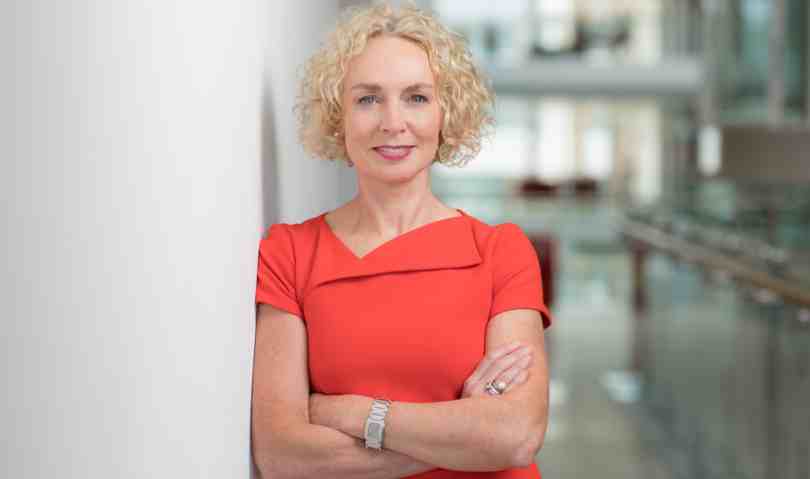Broadband partnership SIRO has secured a further €620m in funding for its fibre network, including a €170m loan from the European Investment Bank.
The ESB-Vodafone joint venture is supported by the EIB and a syndicate of Irish and international lenders.
The company says the second phase of its broadband programme will make its services available to 770,000 homes and businesses and more than 2.1 million people in 154 towns across the country.
The investment will also increase the capacity of SIRO’s existing network to 2GB, double the speed of the most powerful broadband services available at present.
The additional funding will bring SIRO’s total investment in its broadband network to more than €1 billion, the company stated.
Vodafone Ireland CEO Anne O’Leary (pictured) commented: “It has never been more important to advance critical digital infrastructure that supports business transformation and connected communities to embed longer-term societal resilience.
"Covid-19 has given us an opportunity to re-imagine what is possible and to accelerate digital transformation for citizens, communities, business and future proof our economy. The last 18 months have proven how crucial connectivity is to this.
“It will enable the next generation of businesses in Ireland to remain competitive globally and to capitalise on new opportunities to grow and scale from wherever they are based. It will allow rural communities to thrive and become more sustainable by facilitating remote working from home, or through hybrid models, it will support new business growth and development as well as connected education and healthcare.
"This announcement today is not just a commitment to delivering high-speed connectivity, it a commitment to our economy and society - and to future generations”.
As well as expanding the network, SIRO plans to bolster its Gigabit Hub initiative. At present, there are 16 remote working and enterprise centres connected, and the company will announce full details of the expanded Gigabit Hub initiative in the coming weeks.
The system uses the ESB network to carry signal, and as only fibre-optic cable is used.








